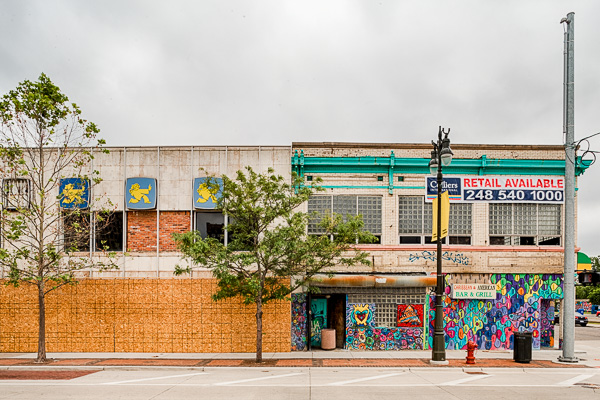Investors and fund managers developing place-based investing strategies may ask, “Where is my capital needed most?”
A new report from the Urban Institute helps track capital flows to communities and businesses to help investors and other community developers identify projects in need of financing and design needed financial products.
Opportunity zone regulations could spur small business investing
“This a way to quantify and operationalize,” needs and opportunities in specific locations, says Urban Institute’s Brett Theodos.
>>GO DEEPER: Join the Urban Institute webinar, “Tracking Capital Flows and Gaps in Communities,’ on Dec. 3.
Meeting real needs. Opportunity Zone advocates have stressed the importance of aligning investments with community needs. “Not just, Do we need capital? but, what actual basic services are required? Do we have enough grocery stores? Day care seats?” says Theodos.
For example, the Urban Institute identified opportunities in affordable housing in Minneapolis and St. Paul where the stock of low-rent housing is less than half what’s needed.
Opportunity zone regulations could spur small business investing
Access to capital. The think tank scored investment flows into all tracts eligible for Opportunity Zone designation based on commercial lending, multifamily lending, single-family lending, and small business lending. It then ranked the tracts within states.
Less than a third of more than 8,700 Opportunity Zones selected were located in tracts with the lowest levels of investment; nearly as many are in tracts that already have the highest levels of investment. Track county-level flows for yourself.
Community development lenders attract new investors to low-income neighborhoods
Filling capital gaps. An Urban Institute analysis of investment flows into real estate projects in Detroit found an outsized role played by mission capital from community development finance institutions, philanthropies and public agencies. The capital gap: Detroit neighborhoods outside central business district, Lower Woodward and Middle Woodward, which contain most of the city’s jobs.











